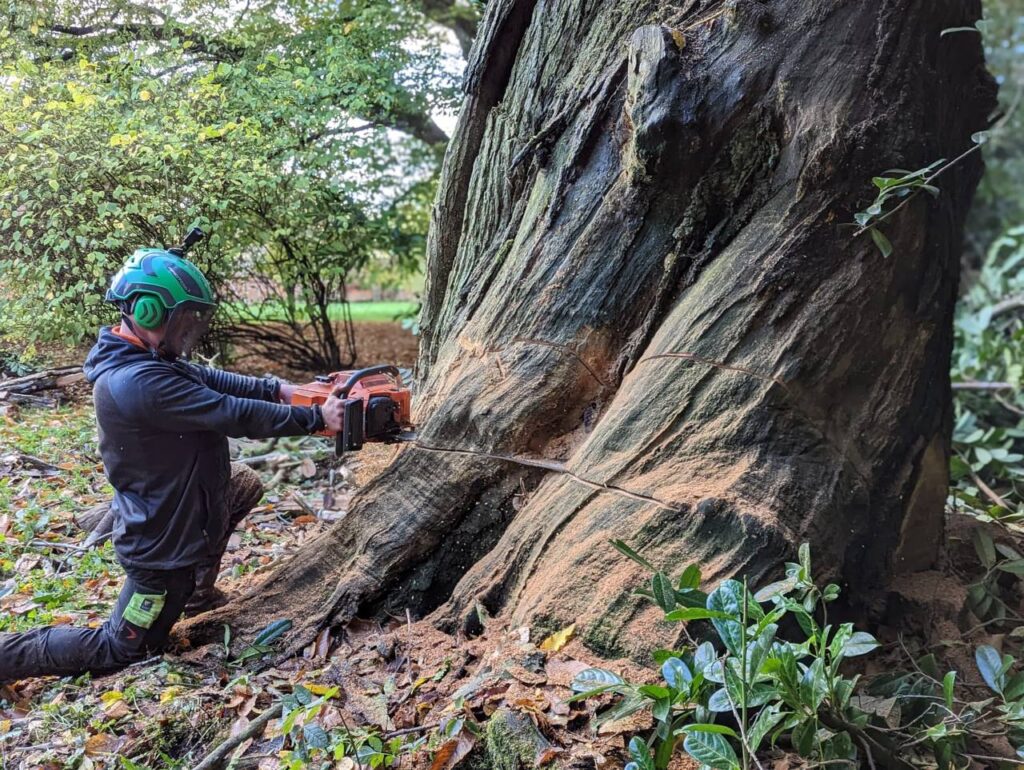Introduction: Tree crown reduction is a crucial arboricultural practice for maintaining tree health and managing growth. However, several myths often cloud the understanding of this technique. Let’s debunk some of these misconceptions to clarify their importance and benefits.
Myth 1: Tree Crown Reduction Damages Trees
Contrary to popular belief, tree crown reduction does not harm trees when performed by certified arborists using proper techniques. It promotes overall tree health by reducing limb stress and improving structural integrity. Properly pruned trees are less susceptible to diseases and more resilient against harsh weather conditions.
Myth 2: Crown Reduction Is the Same as Topping
Topping involves indiscriminately cutting back large branches to stubs, which is harmful and can lead to tree stress, decay, and structural issues. On the other hand, crown reduction is a precise pruning method that selectively removes branches to reduce the overall size of the tree’s canopy while maintaining its natural shape. It requires skill and knowledge to ensure the tree remains healthy and aesthetically pleasing.
Myth 3: Crown Reduction Is Only for Aesthetic Purposes
While tree crown reduction does improve a tree’s appearance, its primary goal is to enhance tree health and safety. By reducing the weight and wind resistance of the crown, it reduces the risk of limb failure during storms. This proactive approach also protects nearby structures and ensures the tree’s longevity.
Myth 4: Anybody Can Perform Crown Reduction
Performing tree crown reduction requires expertise and adherence to industry standards. Certified arborists understand tree biology, growth patterns, and proper pruning techniques. They assess each tree individually, considering its species, health, and environment, to determine the best approach for crown reduction. Amateur pruning attempts can cause irreversible damage and compromise tree health.
Myth 5: Crown Reduction Is Expensive and Time-Consuming
While professional tree care services incur costs, the long-term benefits outweigh the initial investment. Properly pruned trees require less maintenance, are more resilient to diseases, and add value to your property. Moreover, crown reduction is a cost-effective preventive measure compared to the potential costs of tree removal or property damage from falling branches.
Conclusion: Debunking these myths highlights the importance of professional tree care and the benefits of tree crown reduction. It’s essential to consult certified arborists to ensure your trees receive the best care possible. By understanding the facts behind crown reduction, you can make informed decisions that promote tree health, safety, and aesthetic appeal.
Call us on: 01827 214 496
Click here to find out more about TAMWORTH TREES
Click here to complete our contact form and see how we can help you with your tree’s needs.

